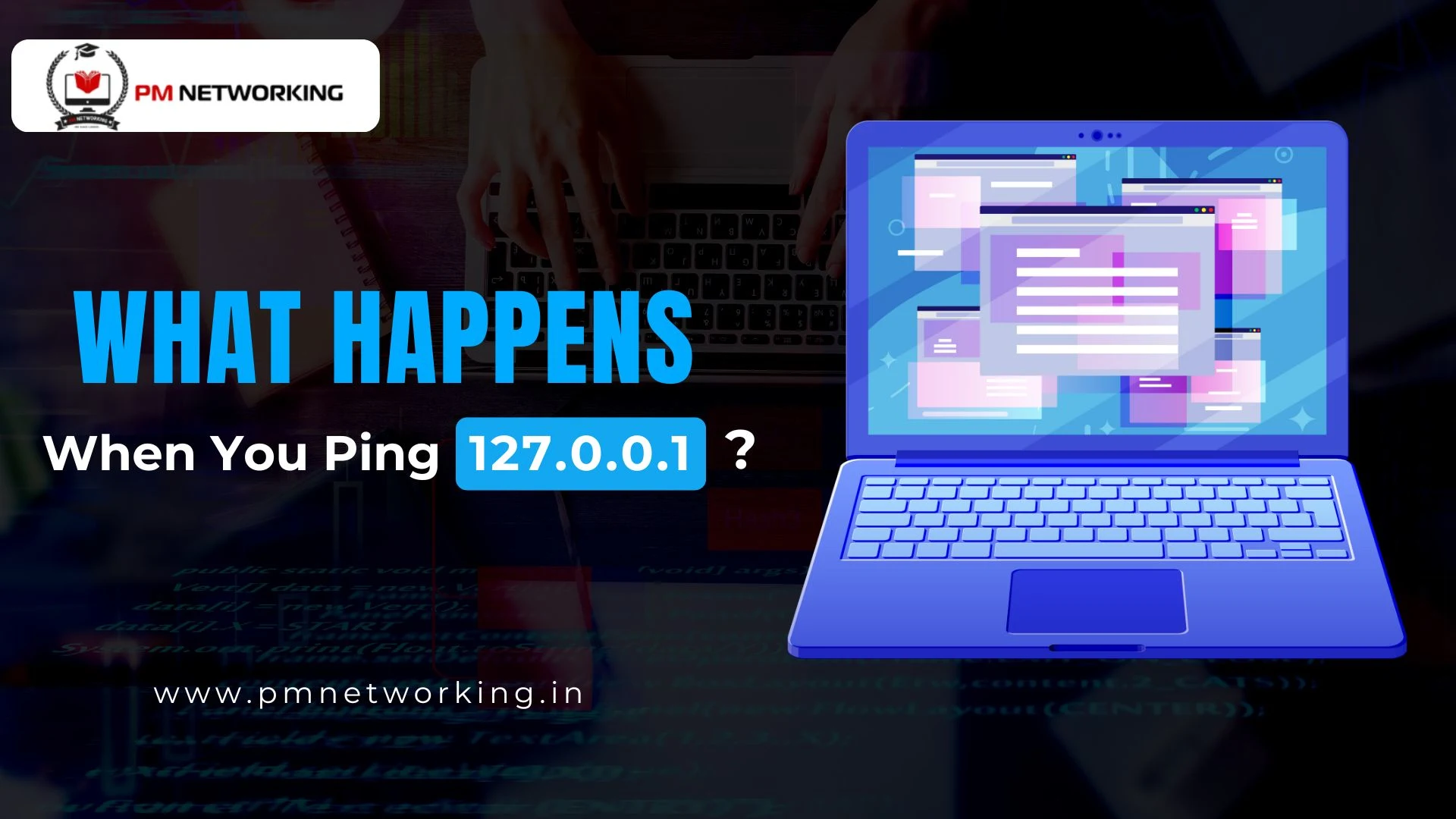
Due to the fact that computers and the Internet are so widely used, computer networking is becoming a more popular professional path. If you’re prepared for a network expert interview, you should expect technical questions about a variety of issues. Routing, firewalls, operating systems, cybersecurity, Linux, Python, scripting, network automation, DNS, IoT, Windows Server, and other skills are required to be a networking specialist. This comprehensive guide to networking interview questions and answers covers the most often asked questions during the interview.
1. What is a Network?
This is one of the most basic networking interview questions asked. A network is a set of devices connected to one another by a physical media link. In other words, a network is an interconnected collection of the same things such as computers, people, and devices.
A well-established network, such as a computer network, connects multiple machines. They share many kinds of information and data.
2. What is a Node?
A network connects various devices, such as computers, servers, and printers. Wherever a network is established, that precise spot is known as a node.
A device connected to a network is also known as a node. A node transmits, receives, and forwards electrical information.
3. Explain the OSI Reference Model.
- OSI stands for Open System Interconnection.
- It’s a reference model.
- It explains how apps communicate using a networking system.
- It illustrates the interaction between networks.
- It describes the communication process in a network.
4. Explain LAN (Local Area Network)
LANs are commonly used to connect computers/laptops and consumer devices, allowing them to share resources (such as printers and fax machines) and exchange data. Enterprise networks refer to the use of LANs by businesses or organizations. There are two types of LAN networks: wireless LAN (no wires required, done via Wi-Fi) and wired LAN (achieved via LAN cable). Wireless LANs are increasingly popular in areas where laying wires is challenging.
5. What is the network topology?
Network topology is the physical layout of the network that connects the various nodes via links. It illustrates the interconnectedness of computers, devices, cables, and others.
6. What is a ‘subnet’?
A ‘subnet’ is a broad term for a segment of a large network, typically separated by a bridge or router. It also handles the network’s broadcast domains, regulates traffic flow, and contributes to improved network performance. Subnets are used in networking for the following purposes:
- Reducing network congestion
- Reallocating IP addresses
- Improving Network Security
7. What is DNS?
The Domain Name System (DNS) is a vital part of the Internet, allowing you to match names (a website you want to visit) to numbers (the website’s address). Anything linked to the internet, including laptops, tablets, mobile phones, and websites, has an Internet Protocol (IP) address composed of digits.
The key functions of DNS include:
- Domain names are mapped to IP addresses to make navigation easier.
- Providing users with easy access to websites without the need to remember numerical IP addresses.
- Providing seamless internet browsing.
8. What are ‘client’ and ‘server’ in a network?
Clients and servers are distinct logical entities that collaborate over a network to complete a task.
A client application is a type of communication that requests a network service, such as browsing a website, downloading a file, or sending an email.
A server application is a form of communication that responses to customer requests by providing the requested service, such as transmitting a web page, a file, or an email.
Email, the World Wide Web, and network printing are all examples of client-server applications.
9. What is an IP address?
An Internet Protocol address (IP address) is a unique numerical address assigned to a network device. IP is a datagram-oriented, connectionless protocol. To ensure proper delivery, each packet must include a header including the source IP address, destination IP address, and other data.
There are two sorts of IPs.
- A private IP address is a set of numbers allocated to any computer or system that is linked to a private network. Your cell phone or home router, both of which have a default local address, are examples of private IP addresses.
- Public IP addresses are worldwide addresses that are available to anybody using the Internet. To connect to such devices, a user must first establish an internet connection.
10. What are ‘firewalls’?
A firewall is a network security mechanism that manages network traffic. It implements a set of security rules to prevent remote access and content filtering. Firewalls defend systems or networks from viruses, worms, and malware. Firewalls are typically of two types:
Physical firewalls, also known as hardware firewalls, are physical devices that reside between the external network and the server. They examine incoming traffic and eliminate any dangers to the device. Widely utilized in institutions and major businesses.
Logical – A logical or software firewall can be installed anywhere on the network and protect hosts without the need for rewiring. They only safeguard the computer on which they are installed, and they are often included within the operating system.
11. How does a firewall work?
Ans. This is among the most often asked networking interview questions. The firewall ‘listens’ for information packets that are attempting to exit or enter the computer system. Blocking can be done based on a variety of parameters, including the IP address to which they are directed, the type of port used to send them, or the application of origin.
One of the most difficult components of using firewalls is determining what sorts of connections are blocked and which are not.
12. What exactly do you mean by “MAC address?”
- The acronym MAC stands for Media Access Control.
- It is the device address in the Network Architecture’s Media Access Control Layer.
- It is a distinct address.
- Each device has its own unique MAC address.
13. Explain TCP briefly.
- The acronym TCP stands for Transmission Control Protocol.
- It is a connection-oriented protocol.
- It establishes and maintains a connection between two devices while they share data.
- It also transmits and receives information packets to and from the network layer.
14. What exactly do you mean by Ethernet?
- Ethernet is a cable or wired system that links multiple computers in a small company office.
- It is a technology that transmits data between computers in a network.
- For example, connecting a computer and a phone to a printer is known as Ethernet.
15. What is bandwidth?
Bandwidth refers to the maximum amount of data that may be transmitted via an internet connection in a particular period.
- It is often confused with the Internet. Bandwidth refers to the amount of data that may be transmitted over a connection in a certain period of time.
- It is measured in megabits per second (Mbps).
Conclusion
Hope this guide on top networking interview questions and answers for 2025 has helped you feel more confident and prepared. Whether you’re just starting out or brushing up your knowledge, going through these basic networking interview questions is a great first step. We’ve also covered a variety of computer networking interview questions to give you a solid understanding of what interviewers might ask. By reviewing these networking interview questions and answers, you’ll be ready to make a strong impression and explain your skills clearly. Just keep practicing, stay curious, and you’ll do great in your next interview!







0 Comments